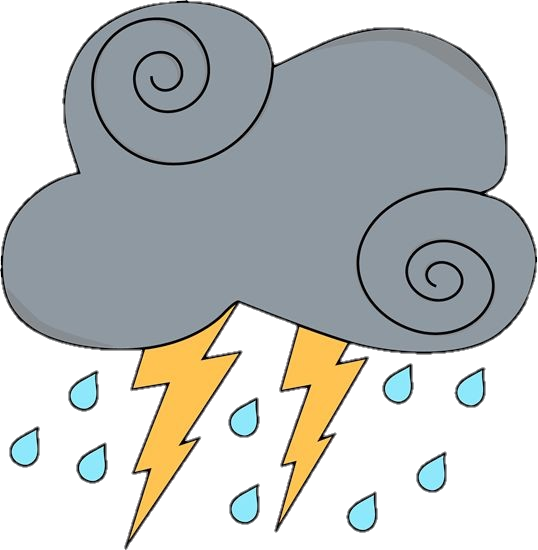This gallery shows 39+ High Quality and Best Resolution Cloud PNG Images, Vectors, Stickers, logos, Icons, and Clipart Pictures with transparent backgrounds. Free download all these Cloud Png Images for graphic design, projects, presentations, web design, editing, and other works.
Free Cloud PNG Images:









































In the vast expanse of the sky, clouds emerge as nature’s ever-changing canvases, painting captivating portraits that capture the imagination of observers throughout history. These ephemeral formations, both whimsical and profound, have held a fascination for humanity, not only for their meteorological significance but also for the poetic beauty they bestow upon the atmosphere.
Clouds are visible masses of water droplets or ice crystals suspended in the air, formed through the process of condensation. The atmosphere’s role as an intricate theater of constantly shifting processes gives rise to these enigmatic formations. When warm, moist air rises and cools, the moisture within it condenses into tiny water droplets or ice crystals around microscopic particles, creating clouds. These clouds, in turn, play pivotal roles in Earth’s climate and weather systems.
Clouds, despite their fleeting nature, exhibit astonishing diversity. They can be broadly categorized into four main types: cirrus, cumulus, stratus, and nimbus.
Cirrus Clouds: These high-altitude clouds appear wispy and thin, resembling delicate brushstrokes across the sky. Composed of ice crystals, they often herald changes in the weather and are associated with fair conditions.
Cumulus Clouds: These fluffy, cotton-like clouds populate the lower altitudes and are the quintessential clouds that children often depict. They can range from small and innocent to towering and majestic. Cumulus clouds are generally a sign of fair weather, but when they grow larger and darker, they can evolve into thunderstorms.
Stratus Clouds: Stratus clouds form flat, gray layers that cover the sky like a blanket. They often bring overcast conditions and light rain or drizzle. Fog is essentially a stratus cloud that touches the ground.
Nimbus Clouds: The term “nimbus” is used to refer to clouds that bring precipitation, such as rain or snow. When combined with other cloud names, it indicates a rain cloud. For example, “cumulonimbus” refers to towering clouds that produce thunderstorms and heavy rain.
The allure of clouds extends beyond their scientific significance, serving as an eternal muse for artists, writers, and dreamers. From ancient mythology to modern literature, clouds have been woven into cultural narratives. The soft, billowing forms of clouds inspire poets to conjure metaphors for emotions and thoughts. Their shifting shapes give rise to stories and fantasies that are painted across the sky, transforming the mundane into the extraordinary.
Clouds also serve as a canvas for the interplay of light during sunrise and sunset, casting breathtaking hues of gold, pink, and purple across the sky. Photographers and artists capture these ephemeral moments, freezing them in time to evoke emotions that resonate long after the clouds have drifted away.






Leave a Comment